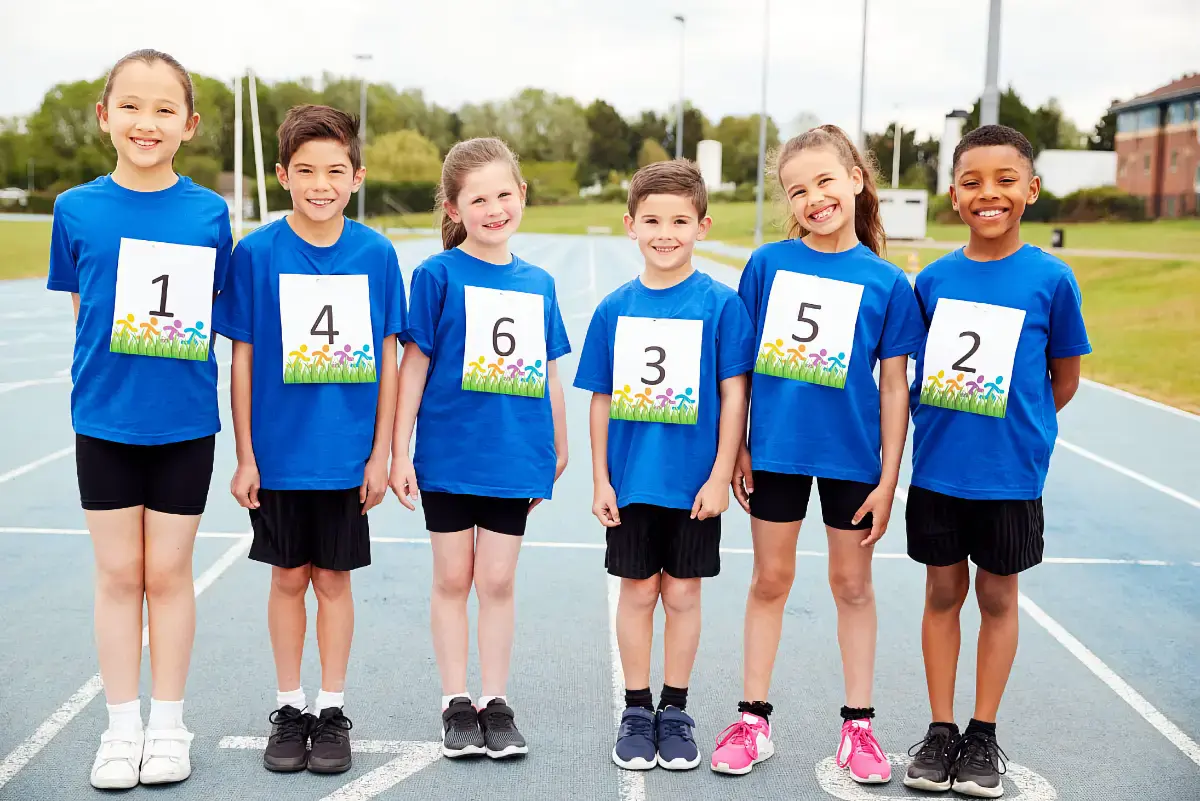The Relative Age Effect in Youth Sports
In our previous discussion on youth sports development, we explored the importance of early experiences. Now, we focus on one of the biggest challenges in talent selection—the Relative Age Effect (RAE).
It’s a well-known phenomenon: players who are physically more developed tend to receive more playing time, regardless of their technical or tactical skills. This trend is particularly noticeable in age groups around puberty (U15 and above) and in talent selection programs.
What Is the Relative Age Effect (RAE)?
The Relative Age Effect refers to the tendency of players born early in a given selection year to be overrepresented in elite youth programs.
📌 Key Observations:
- More players born in the first quarter of the selection year are chosen for youth academies and national teams.
- The effect is strongest in sports that emphasize physical development, such as football, ice hockey, basketball, and handball.
- The age gap within a single selection year can create a developmental disadvantage for players born later in the year.
- RAE persists even at the professional level, with significant overrepresentation of early-born players in top European leagues.
In age categories where two birth years are combined, there can be almost a two-year physical difference between teammates—a crucial factor in sports where size, strength, and speed play a role.
Challenges of the RAE in Talent Development
⚠ The issue:
- Early-born, physically mature players are often mistaken for more talented players.
- Late-born, technically skilled players may be overlooked due to their temporary physical disadvantages.
- The talent pipeline is distorted, favoring early developers over long-term potential.
🚨 Impact on young athletes:
- Fairness concerns: Younger players receive fewer opportunities, which can affect motivation.
- Inefficiency in talent selection: Some early-selected players may not have the highest potential.
- Dropout risk: Late-born players may quit sports earlier due to reduced playing time and recognition.
Given the clear disadvantages for later-born players, how can sports organizations address this issue?
Possible Solutions: Can Bio-Banding Help?
📌 Bio-Banding: Grouping by Biological Maturity Instead of Chronological Age
Bio-Banding is a method of grouping young athletes based on their biological maturity rather than birth year. This allows players to compete against others with similar physical development rather than being judged by age alone.
🔬 Research Findings:
✔ Bio-Banding reduces RAE effects in talent selection.
✔ It helps late-born players receive fairer evaluation opportunities.
✔ It encourages skill-based development instead of just rewarding early physical growth.
❌ However, studies show mixed results—while Bio-Banding helps level the playing field, it doesn’t completely eliminate the RAE.
💡 Potential Applications:
- Testing Bio-Banding in training camps, tournaments, or scouting events.
- Combining Bio-Banding with traditional age-group structures to allow both skill and maturity-based competition.
- Increasing awareness among coaches and federations to ensure fair talent selection.
Key Takeaways: Managing the RAE in Youth Sports
✔ Coaches and organizations should recognize the RAE’s impact on talent selection.
✔ Younger players should be given time to develop—physical disadvantages shouldn’t exclude them.
✔ Skills and tactical intelligence should be emphasized over temporary physical advantages.
✔ Flexible training models, such as Bio-Banding, should be explored to mitigate the bias of early physical development.
A player’s birth month should never determine their chance of success—true talent development requires patience, adaptability, and long-term vision.
📢 Want to learn more about youth sports development? Explore our training resources for structured talent progression!

